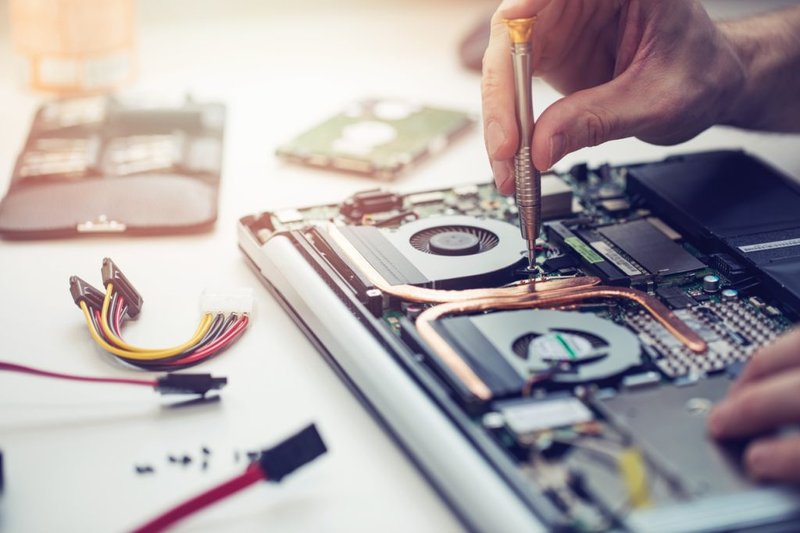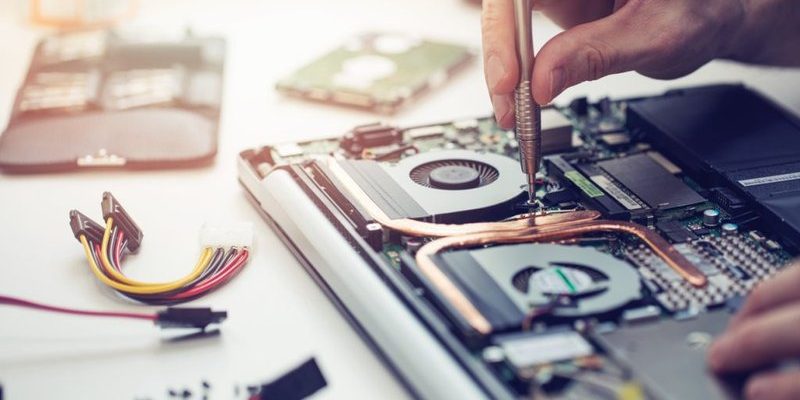
Let’s say you just bought a new universal remote, eager to simplify your home entertainment system. You’ve plugged everything in, pressed a few buttons, and *nothing*. It can be incredibly frustrating. But don’t worry! Troubleshooting hardware that was misinstalled isn’t as daunting as it sounds. Often, it just requires a bit of patience and a methodical approach to fix the issue and get everything working smoothly.
In this guide, we’ll walk through common troubleshooting steps, key issues to look out for, and tips to get your hardware back on track. Think of it as your DIY guide to tech recovery, where we’ll demystify the process and help you make the most out of your devices.
Understanding the Basics of Hardware Installation
Before diving into troubleshooting, it’s important to have a solid understanding of how hardware is supposed to be installed. No one expects a complex maze when setting up new equipment. Ideally, you should be able to follow a few simple steps, and everything just clicks into place.
Most hardware comes with a user manual, which often contains a step-by-step installation guide. Following these instructions can save you a lot of headaches down the road. For example, if you’re trying to set up a gaming console, it generally involves connecting wires, syncing controllers, and ensuring everything is powered on correctly. Skipping just one step can lead to problems later on.
If you find that your hardware issue is rooted in an incorrect installation, it might be useful to take a moment to reassess the setup. Did you plug the cables into the right ports? Is the device powered on? Sometimes, the simplest mistakes are the most common culprits.
Identifying Common Symptoms of Incorrect Installation
Now that you know what an ideal installation looks like, let’s discuss the symptoms of incorrect installation. Recognizing these signs can point you toward the right troubleshooting steps.
Common symptoms include:
- Devices not responding or turning on
- Frequent disconnections or pairing issues
- Poor signal strength or response time
- Unusual noises or error codes
For instance, if your universal remote isn’t syncing with your television, it could mean you connected the wrong device during setup. Sometimes, you might think you’re controlling one device, but you’re accidentally sending commands to another. It’s like trying to text your friend but accidentally messaging your boss—confusing and frustrating!
Understanding these symptoms will guide you on what to check next. You might find that the solution is as simple as switching cables or resetting a device.
Checking Connections and Cables
If you’re experiencing issues, the first step is to check all your connections. It often boils down to something as basic as loose cables. Imagine trying to listen to music with a pair of headphones that aren’t fully plugged in; that garbled sound is just like what happens with tech hardware.
Carefully inspect each cable and port. Here’s how to do it:
1. Unplug everything: Safety first! Always disconnect your devices before making any adjustments.
2. Check the cables: Look for any signs of wear and tear. If a cable is damaged, it might need replacing.
3. Reconnect securely: Make sure each cable is firmly plugged in. Give them a gentle tug to confirm they’re connected.
Once you have gone through this process, plug everything back in and power on your devices. Sometimes, a poor connection is all that stands between you and a fully functional setup.
Resetting Your Hardware
Resetting the hardware can be a vital step in troubleshooting. This action often wipes away any miscommunication that might have occurred during installation. It’s like giving your device a fresh start.
To reset a universal remote, for example:
1. Locate the reset button: This is often found on the back or inside the battery compartment.
2. Hold the button: Press and hold it for about 10 seconds.
3. Release and repower: Let go of the button and turn the remote back on.
After the reset, you’ll need to *re-pair* the remote with your devices. This step is crucial because it ensures that your remote is communicating correctly with the intended hardware. Follow the pairing instructions specific to your device, and you should be good to go!
Syncing Devices Properly
Syncing can be tricky—especially with devices that communicate wirelessly. Whether it’s a gaming console or a smart TV, ensuring everything is in sync is essential for smooth operation.
Here’s a quick guide on how to sync your hardware:
1. Turn on all devices: Make sure everything is powered on and ready.
2. Use the right button: Most remotes have a “pair” or “sync” button. This will help establish a connection between devices.
3. Follow on-screen instructions: Often, your device will guide you through the pairing steps.
Don’t be discouraged if it doesn’t work on the first try. Sometimes, you might have to reset the devices again or check for software updates. Just remember, syncing hardware can feel like a dance—you just have to find the right rhythm!
Consulting the Manual and Online Resources
If you’ve tried everything and your hardware is still giving you trouble, consulting the user manual or online resources can provide valuable insights. Manuals often have troubleshooting sections that address common issues and solutions.
Consider checking:
- The manufacturer’s website for FAQs
- Online forums where users share similar experiences
- YouTube videos demonstrating the installation process
Sometimes manufacturers offer customer support via chat or phone, which can be a great option when you’re stuck. They have the expertise to help you troubleshoot effectively, so don’t hesitate to reach out.
Seeking Professional Help
If all else fails and your hardware is still misbehaving, it might be time to call in the professionals. Sometimes, the issue may be more complex than it appears, like hardware faults or compatibility problems.
Bring in a trusted technician who has experience with your specific type of hardware. They can conduct a thorough inspection and provide solutions that might not be immediately obvious to you. Think of it like taking your car to a mechanic. Sometimes, you need an expert to figure out what’s really going on under the hood.
Troubleshooting hardware that was incorrectly installed initially might feel intimidating, but you now have a toolbox of strategies to tackle the issue. From checking connections to resetting devices, each step can bring you closer to a solution. Plus, remember that even the most tech-savvy individuals have faced installation issues at some point.
If you ever feel lost, don’t hesitate to reach out for help. Whether it’s consulting online resources, reading manuals, or contacting a professional, support is always available. With a bit of patience and the right approach, you can get your hardware working as it should. Happy troubleshooting!
